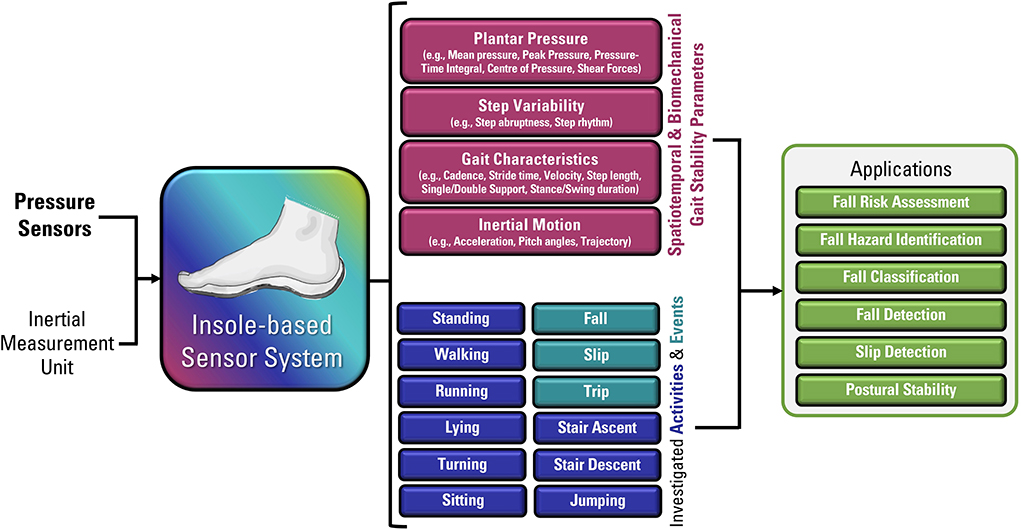Some Known Incorrect Statements About Dementia Fall Risk
Table of ContentsWhat Does Dementia Fall Risk Mean?Some Known Details About Dementia Fall Risk The Only Guide to Dementia Fall RiskA Biased View of Dementia Fall Risk
A fall threat assessment checks to see just how likely it is that you will fall. It is primarily provided for older adults. The evaluation typically consists of: This consists of a series of concerns about your general health and if you have actually had previous falls or problems with equilibrium, standing, and/or strolling. These devices examine your stamina, equilibrium, and gait (the means you stroll).Treatments are suggestions that may minimize your threat of falling. STEADI includes three actions: you for your threat of falling for your threat factors that can be improved to attempt to avoid drops (for instance, balance troubles, damaged vision) to lower your risk of dropping by utilizing effective techniques (for example, giving education and resources), you may be asked a number of concerns consisting of: Have you fallen in the past year? Are you stressed regarding dropping?
You'll sit down once again. Your copyright will check exactly how long it takes you to do this. If it takes you 12 seconds or more, it might indicate you are at higher risk for a loss. This examination checks toughness and balance. You'll being in a chair with your arms crossed over your chest.
Move one foot halfway ahead, so the instep is touching the big toe of your other foot. Move one foot completely in front of the other, so the toes are touching the heel of your various other foot.
Dementia Fall Risk Fundamentals Explained
The majority of falls occur as a result of several adding factors; therefore, handling the threat of dropping begins with identifying the elements that add to fall risk - Dementia Fall Risk. A few of the most appropriate danger aspects include: Background of previous fallsChronic clinical conditionsAcute illnessImpaired stride and equilibrium, reduced extremity weaknessCognitive impairmentChanges in visionCertain risky drugs and polypharmacyEnvironmental factors can also enhance the risk for falls, including: Poor lightingUneven or damaged flooringWet or unsafe floorsMissing or damaged handrails and get barsDamaged or incorrectly fitted equipment, such as beds, wheelchairs, or walkersImproper use assistive devicesInadequate guidance of individuals staying in the NF, consisting of those that display aggressive behaviorsA successful autumn danger monitoring program needs a complete professional analysis, with input from all members of the interdisciplinary team

The care visit homepage strategy need to likewise consist of treatments that are system-based, such as those that promote a secure environment (suitable illumination, handrails, grab bars, etc). The performance of the interventions must be reviewed regularly, and the treatment strategy revised as required to show changes in the autumn threat assessment. Carrying out a fall threat administration system making use of evidence-based finest practice can decrease the frequency of falls in the NF, while restricting the possibility for fall-related injuries.
Our Dementia Fall Risk PDFs
The AGS/BGS guideline advises screening all adults aged 65 years and older for autumn threat annually. This testing contains asking individuals whether they have dropped 2 or even more times in the past year or looked for medical focus for a fall, or, if they have not fallen, whether they feel unstable when walking.
Individuals who have actually dropped once without injury should have their equilibrium and stride examined; those with stride or balance irregularities should get additional evaluation. A background of 1 loss without injury and without learn the facts here now stride or equilibrium issues does not warrant more analysis beyond ongoing yearly loss danger testing. Dementia Fall Risk. An autumn threat analysis is called for as part of the Welcome to Medicare examination

All about Dementia Fall Risk
Documenting a drops background is among the quality indicators for autumn prevention and administration. A crucial part of risk analysis is a medication review. Numerous courses of medicines increase loss danger (Table 2). copyright medicines in specific are independent forecasters of drops. These medicines have a tendency to be sedating, modify the sensorium, and hinder equilibrium and gait.
Postural hypotension can frequently be alleviated by reducing the dosage of blood pressurelowering medicines and/or stopping medicines that have orthostatic hypotension as an adverse effects. Use of above-the-knee assistance tube and sleeping with the head of the bed boosted may also lower postural decreases in blood pressure. The recommended components of a fall-focused physical assessment are received Box 1.

A yank time above or equivalent to 12 seconds suggests high fall risk. The 30-Second Chair Stand test examines lower extremity toughness and equilibrium. Being unable to stand up from a chair of knee elevation without using one's arms suggests raised fall risk. The 4-Stage Balance test evaluates static balance by having the patient stand in 4 positions, see here now each gradually extra tough.